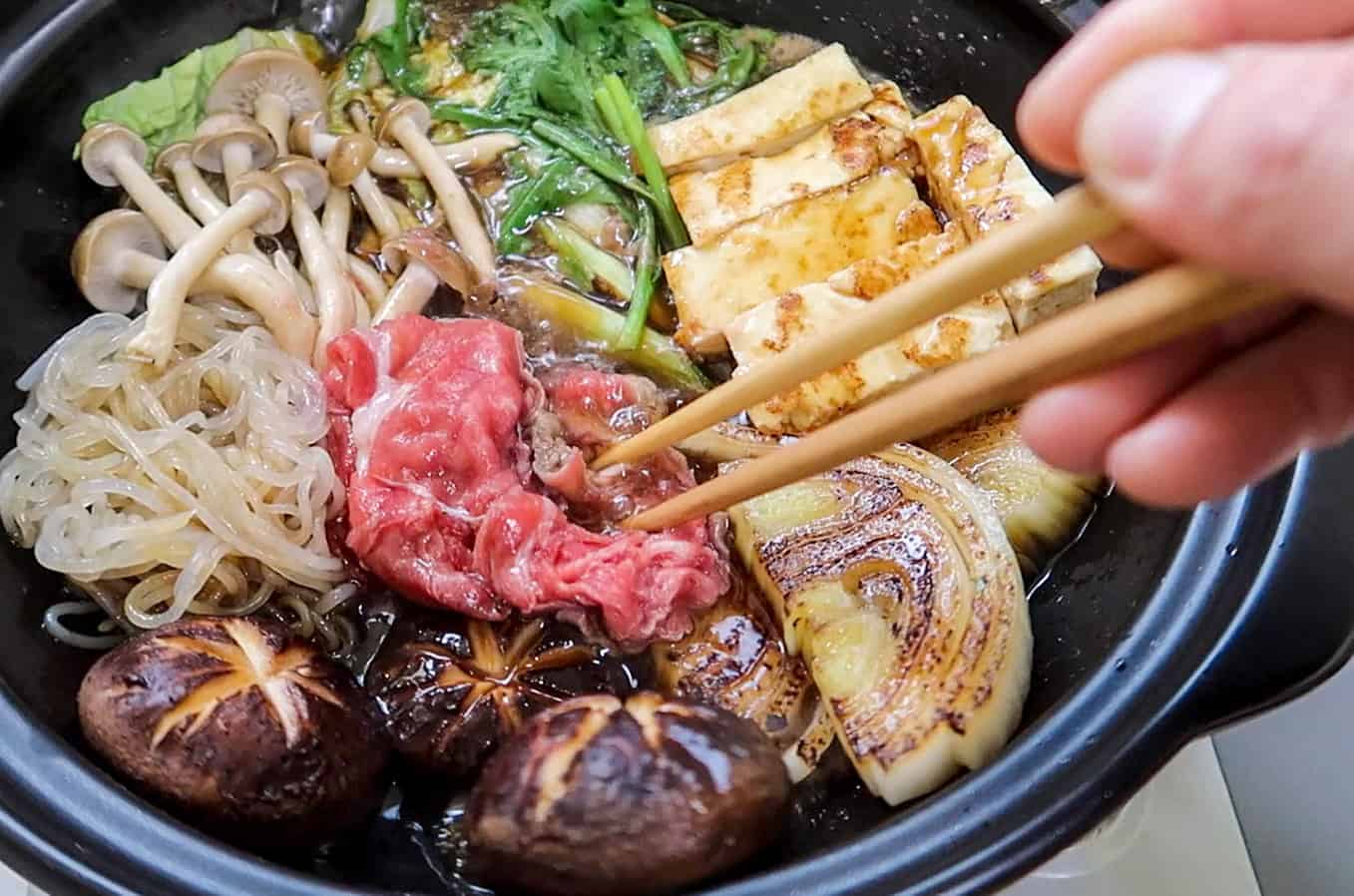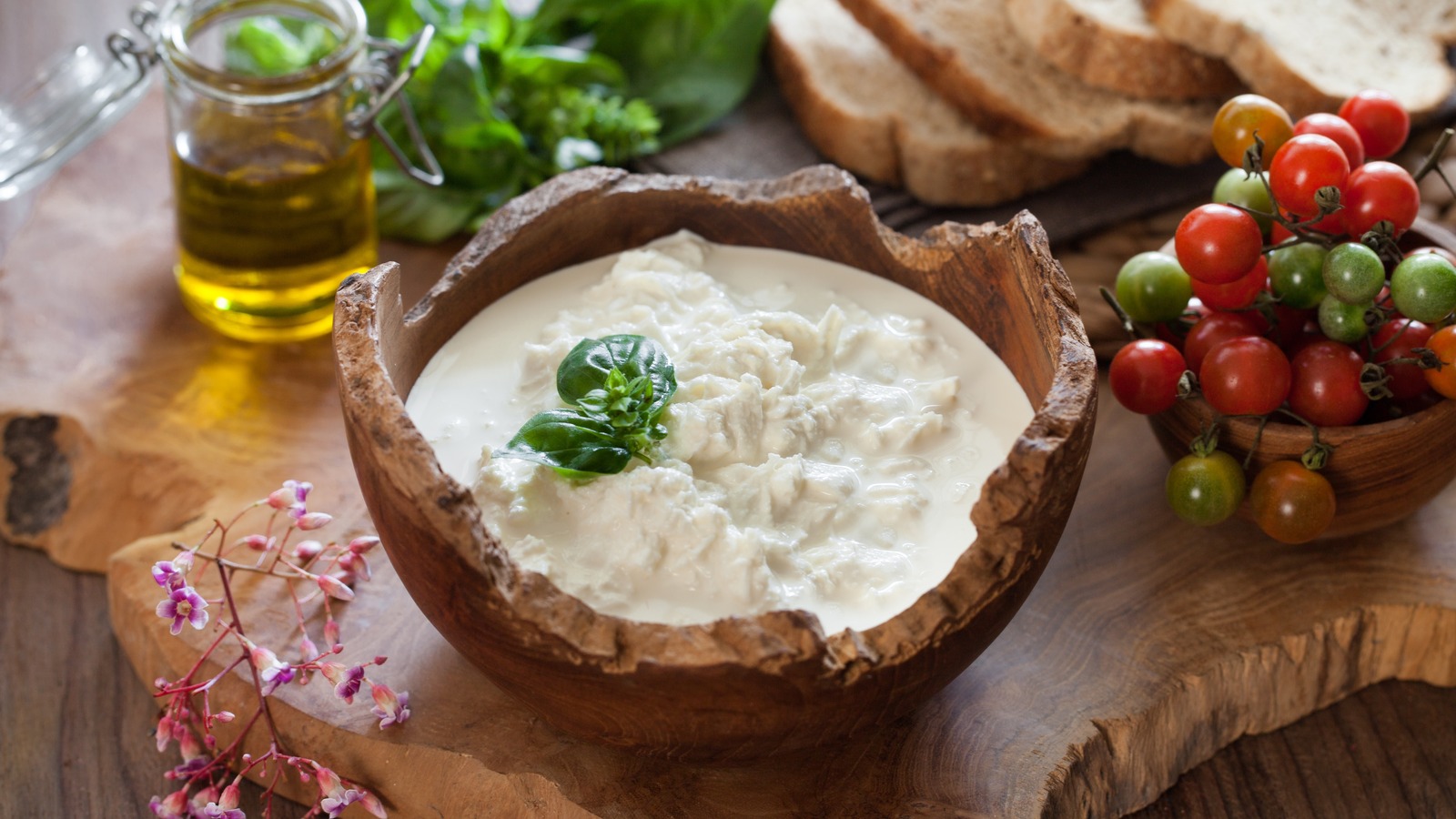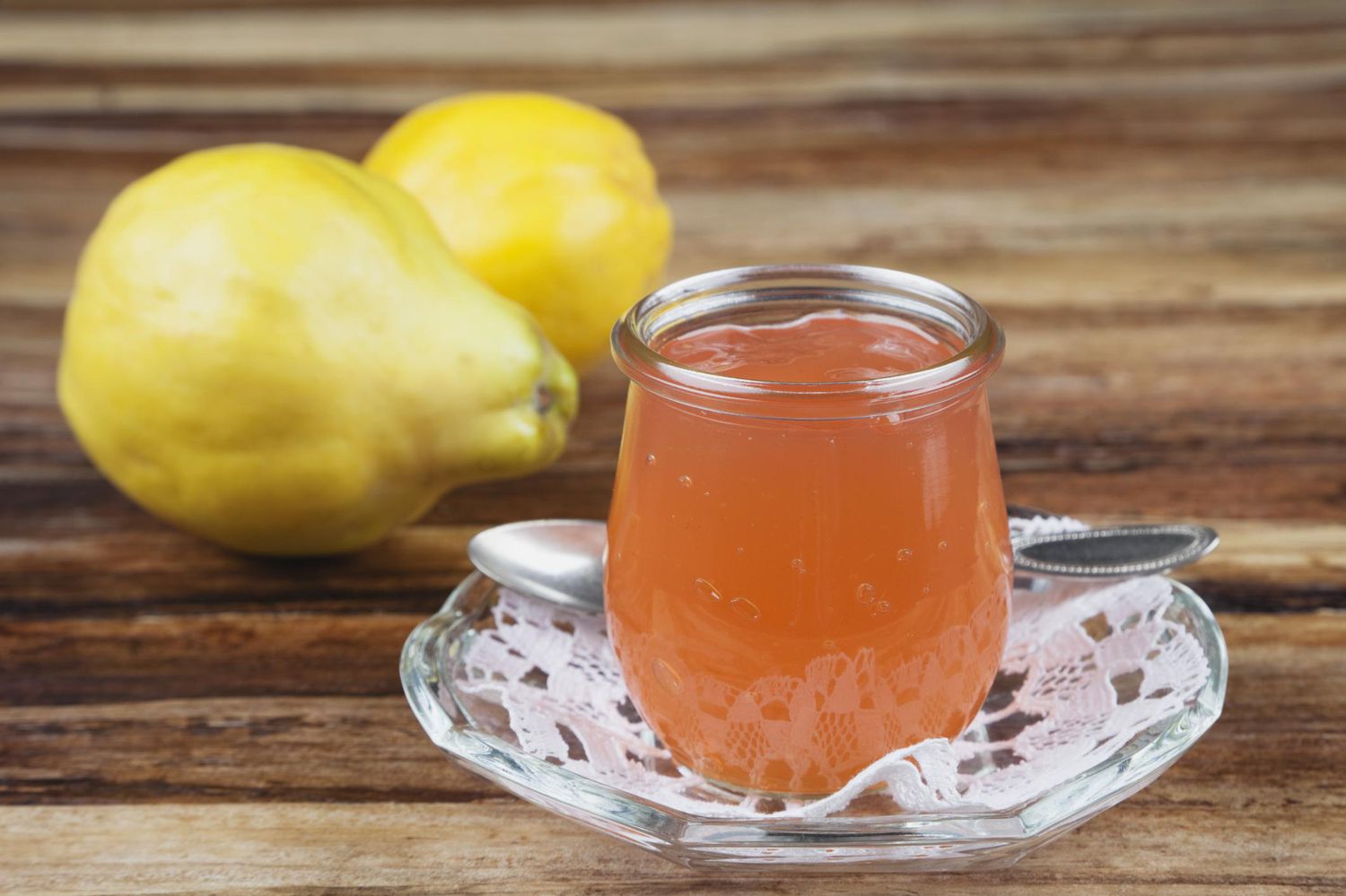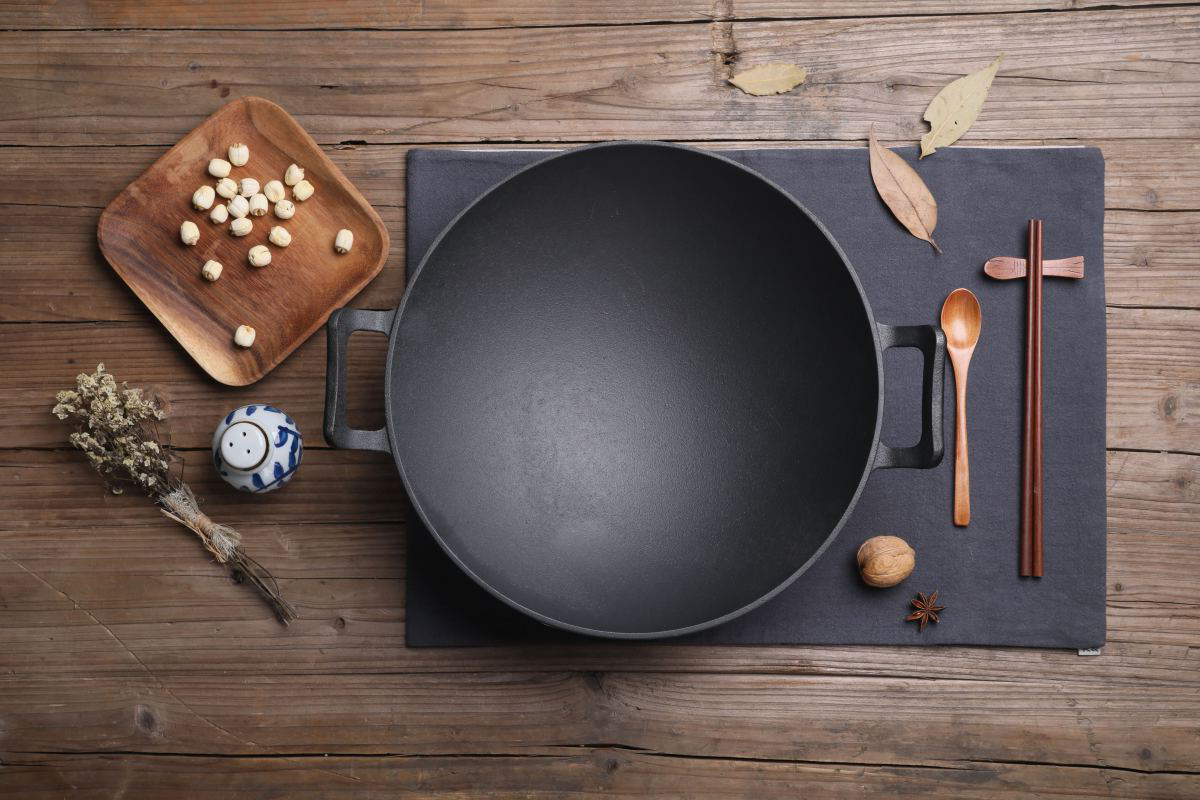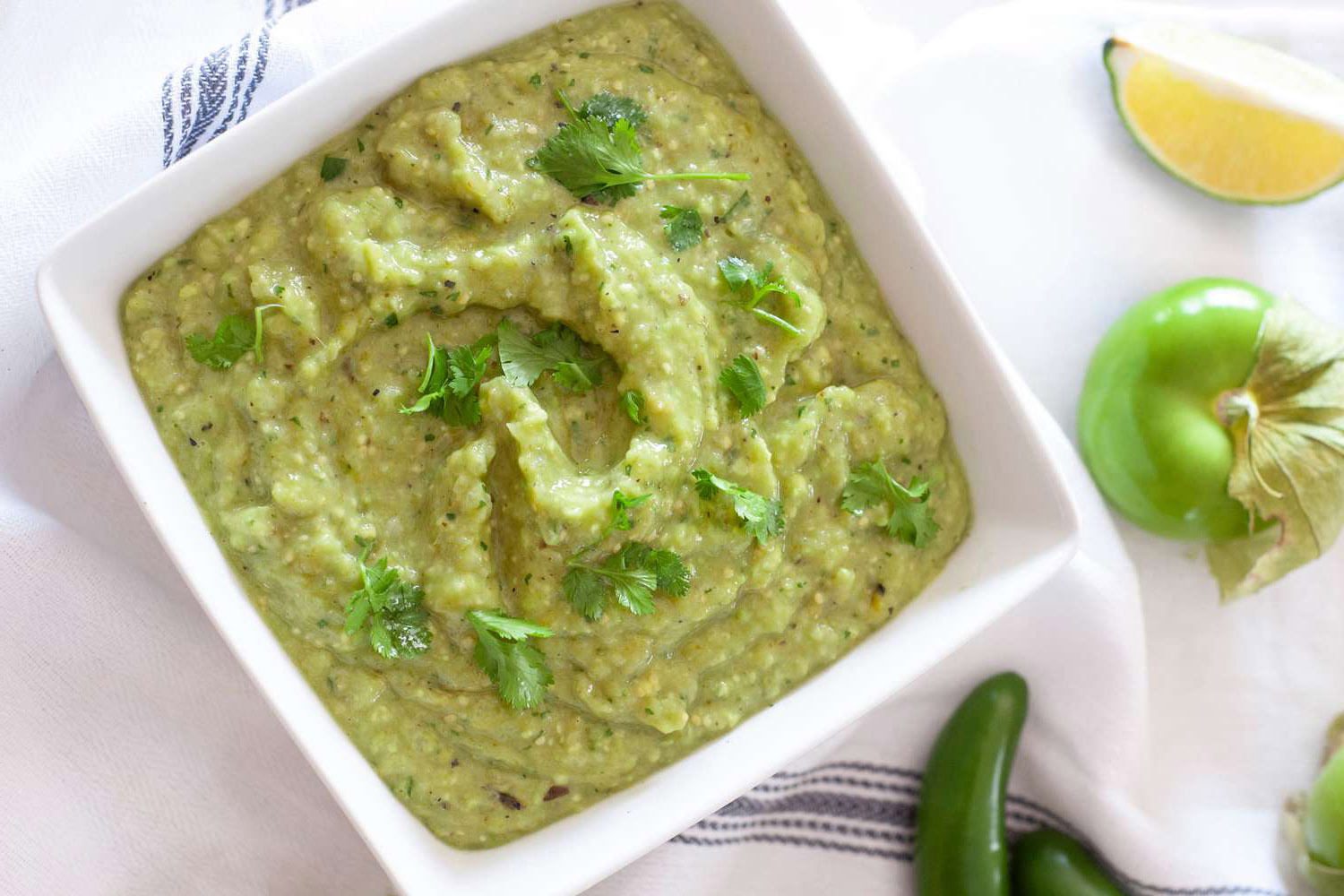When it comes to sushi, there are countless varieties to choose from, each offering a unique combination of flavors and textures. One popular option that can be found on the menu of many sushi restaurants is the tuna roll. If you're curious about this delicious dish, you've come to the right place. In this article, we'll explore what a tuna roll is, how it's made, and what sets it apart from other types of sushi.
What is a Tuna Roll?
A tuna roll is a type of sushi roll that features raw tuna as the main ingredient. The roll typically consists of a layer of sushi rice that is wrapped in a sheet of nori (seaweed) and filled with fresh, high-quality tuna. The roll is then carefully sliced into bite-sized pieces, making it easy to enjoy.
How is a Tuna Roll Made?
Creating a delicious tuna roll requires skill and precision. Here's a step-by-step look at how this popular sushi dish is made:
-
Preparation: The sushi chef begins by preparing the sushi rice, which is seasoned with a mixture of rice vinegar, sugar, and salt. The rice is then allowed to cool to the proper temperature before it's used to make the roll.
-
Assembling the Roll: A sheet of nori is placed on a bamboo sushi mat, and a layer of seasoned rice is evenly spread over the nori. Next, thin slices of fresh tuna are carefully arranged on top of the rice.
-
Rolling: Using the bamboo mat to guide the process, the sushi chef rolls the nori and rice around the tuna, creating a tight cylinder. The roll is then gently compressed to ensure that it holds together.
-
Slicing: With a sharp knife, the chef slices the roll into individual pieces, each showcasing a beautiful cross-section of rice, nori, and tuna.
What Sets a Tuna Roll Apart?
While there are many types of sushi rolls available, the tuna roll stands out for several reasons:
-
Flavor: The rich, buttery flavor of fresh tuna is the star of the show in a tuna roll. Its delicate taste and smooth texture make it a favorite among sushi enthusiasts.
-
Health Benefits: Tuna is a great source of protein and omega-3 fatty acids, making it a nutritious choice for those looking to enjoy a healthy meal.
-
Versatility: Tuna rolls can be enjoyed on their own or paired with other sushi dishes to create a diverse and satisfying meal.
Enjoying a Tuna Roll
Whether you're a sushi aficionado or trying it for the first time, a tuna roll is a delicious and satisfying choice. Many sushi restaurants offer variations of the classic tuna roll, such as spicy tuna rolls or tuna avocado rolls, providing options to suit a variety of tastes.
In conclusion, the tuna roll is a beloved sushi dish that showcases the natural flavors of fresh tuna in a simple yet elegant presentation. Its popularity is a testament to the appeal of its ingredients and the skill of the sushi chefs who create it. If you're looking to expand your sushi horizons, be sure to give a tuna roll a try during your next visit to a sushi restaurant.
Was this page helpful?
Read Next: What Is Stone Soup?

